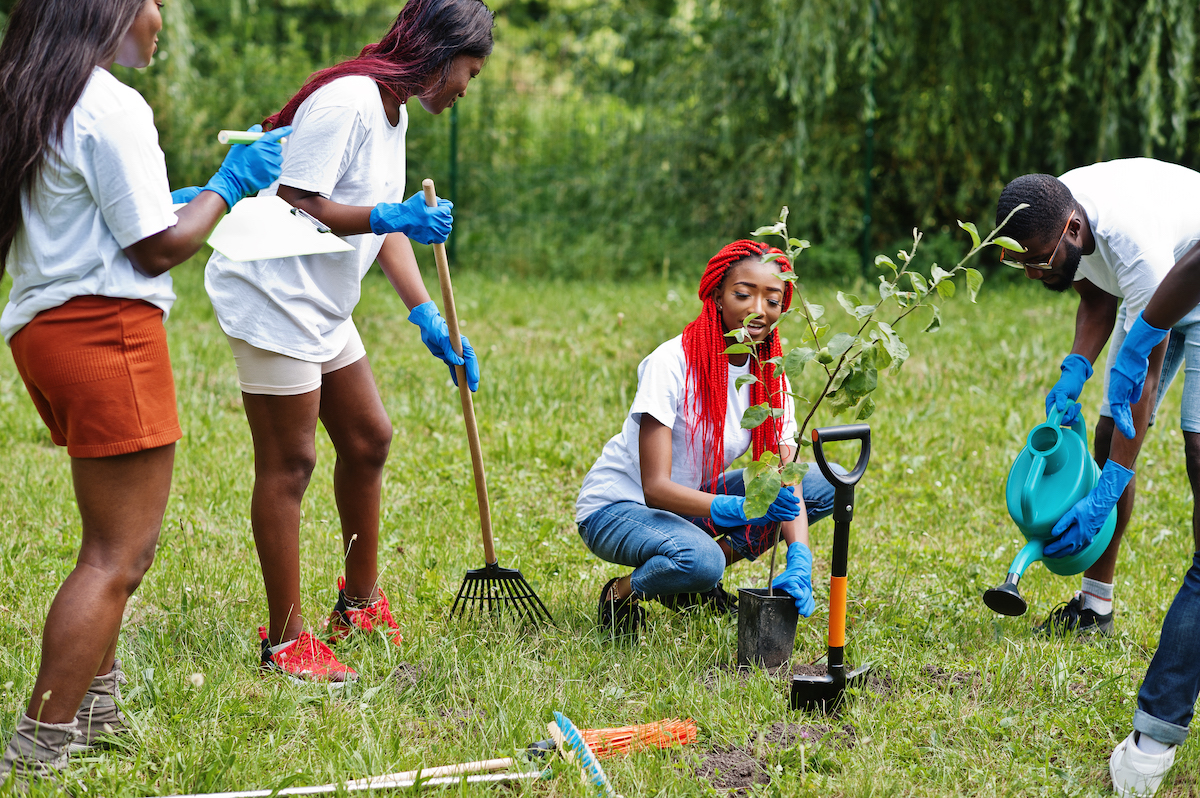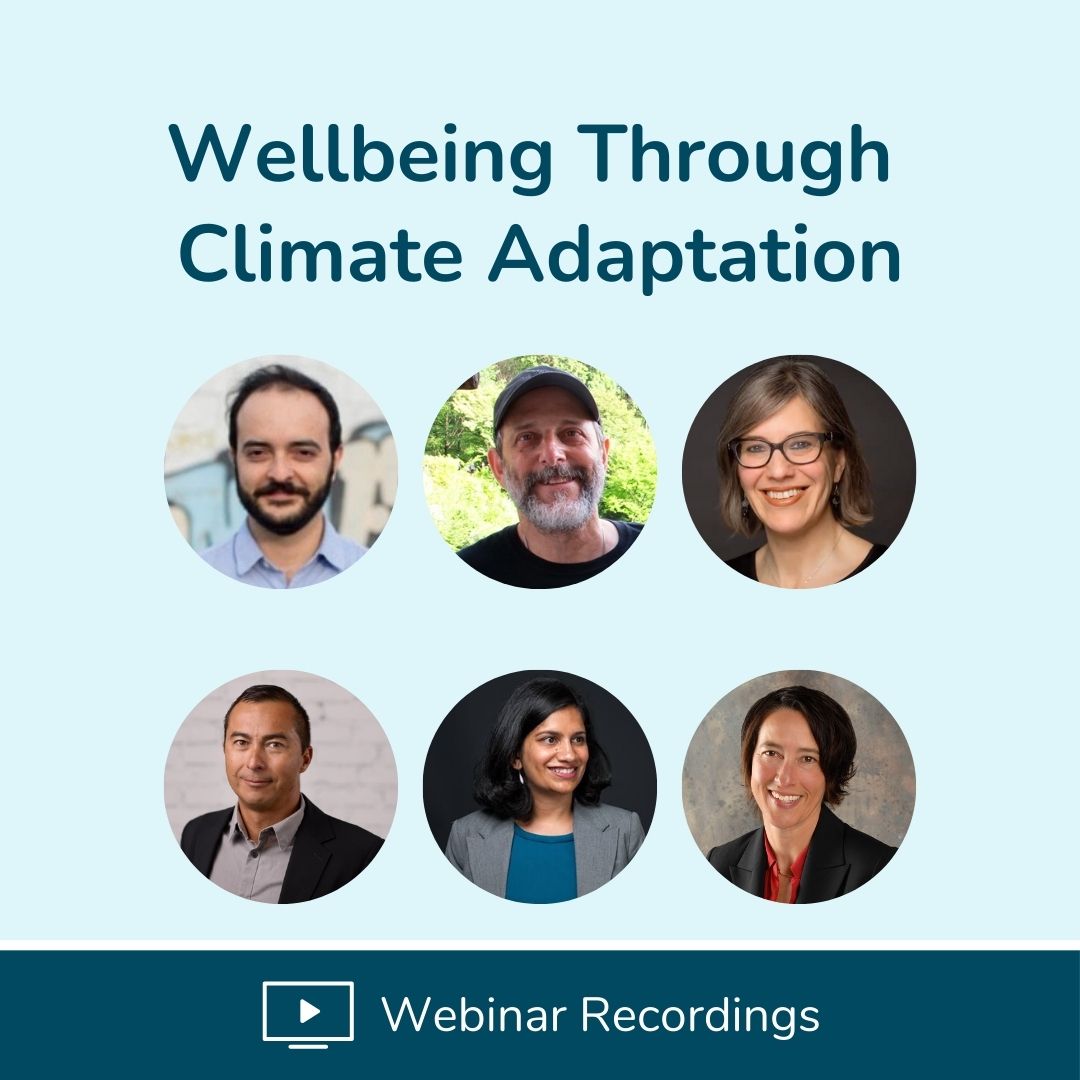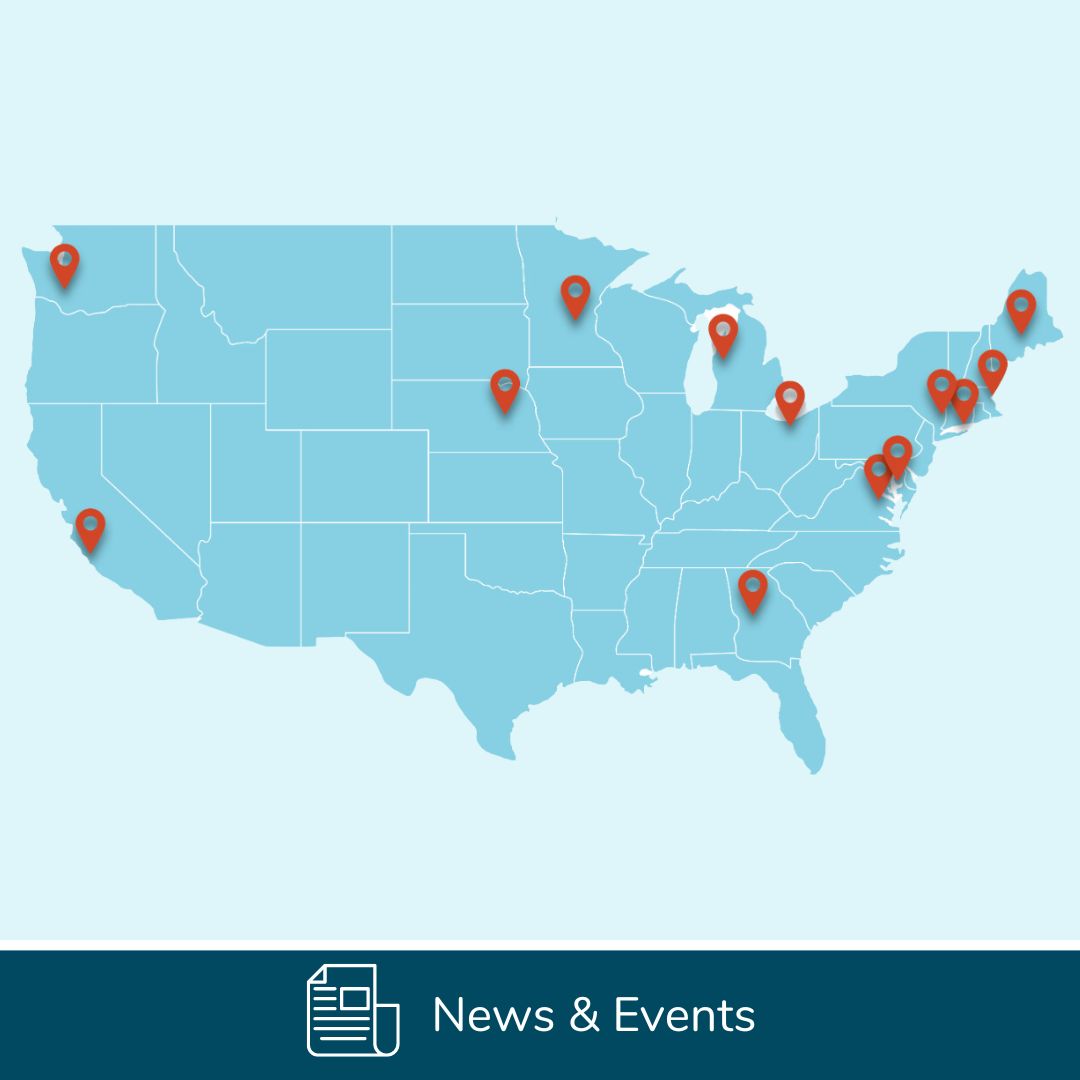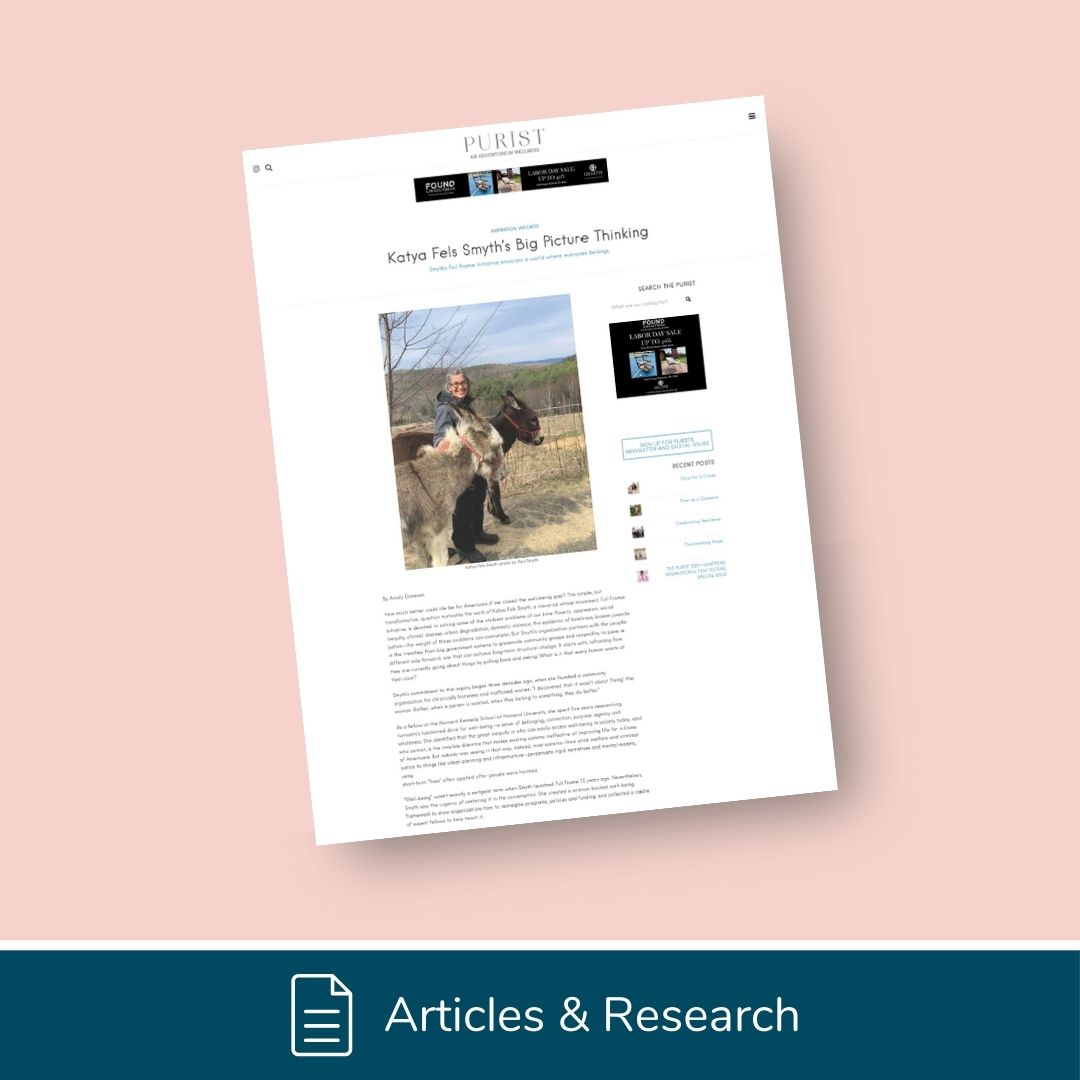- Be public about the historical roots of our fields and agencies, and our journey towards equity and wellbeing.
- Use restorative and transformative practices to repair communities harmed by systemic racism and structural inequities.
- Center community in decision-making processes.
- Change structures that force unsustainable tradeoffs.
- Shift service models from defining people by the issue(s) they are facing to services that center on wellbeing.
- Adjust benefits and expectations in recognition that people need support to cope and mitigate the trauma we are all experiencing, including people who provide services.
- Learn
- Explore
- Our Core Concepts Learn the philosophy behind our approach and key paradigm shifts to upend the status quo.
- Resource Library Search our interactive library designed to help you build knowledge and take action.
- Wellbeing Bootcamp Take our interactive online course to learn essential concepts of systems change and wellbeing.
- Wellbeing in Action
- By Topic
- Built Environment Shift from shovel-ready to shovel-worthy infrastructure with wellbeing and equity at the center.
- Domestic & Sexual Violence Redesign your approach to supporting survivors based on how they define success.
- Funding & Procurement Align your spending to support durable change and address fundamental inequities.
- Human Services Change how systems interact with individuals – from assessment and treatment to seeing the whole person
- View More
- Explore
- Our Work
- News & Events
- About Us
- Get Involved
- English
- Learn
- Explore
- Our Core Concepts Learn the philosophy behind our approach and key paradigm shifts to upend the status quo.
- Resource Library Search our interactive library designed to help you build knowledge and take action.
- Wellbeing Bootcamp Take our interactive online course to learn essential concepts of systems change and wellbeing.
- Wellbeing in Action
- By Topic
- Built Environment Shift from shovel-ready to shovel-worthy infrastructure with wellbeing and equity at the center.
- Domestic & Sexual Violence Redesign your approach to supporting survivors based on how they define success.
- Funding & Procurement Align your spending to support durable change and address fundamental inequities.
- Human Services Change how systems interact with individuals – from assessment and treatment to seeing the whole person
- View More
- Explore
- Our Work
- News & Events
- About Us
- Get Involved
- English
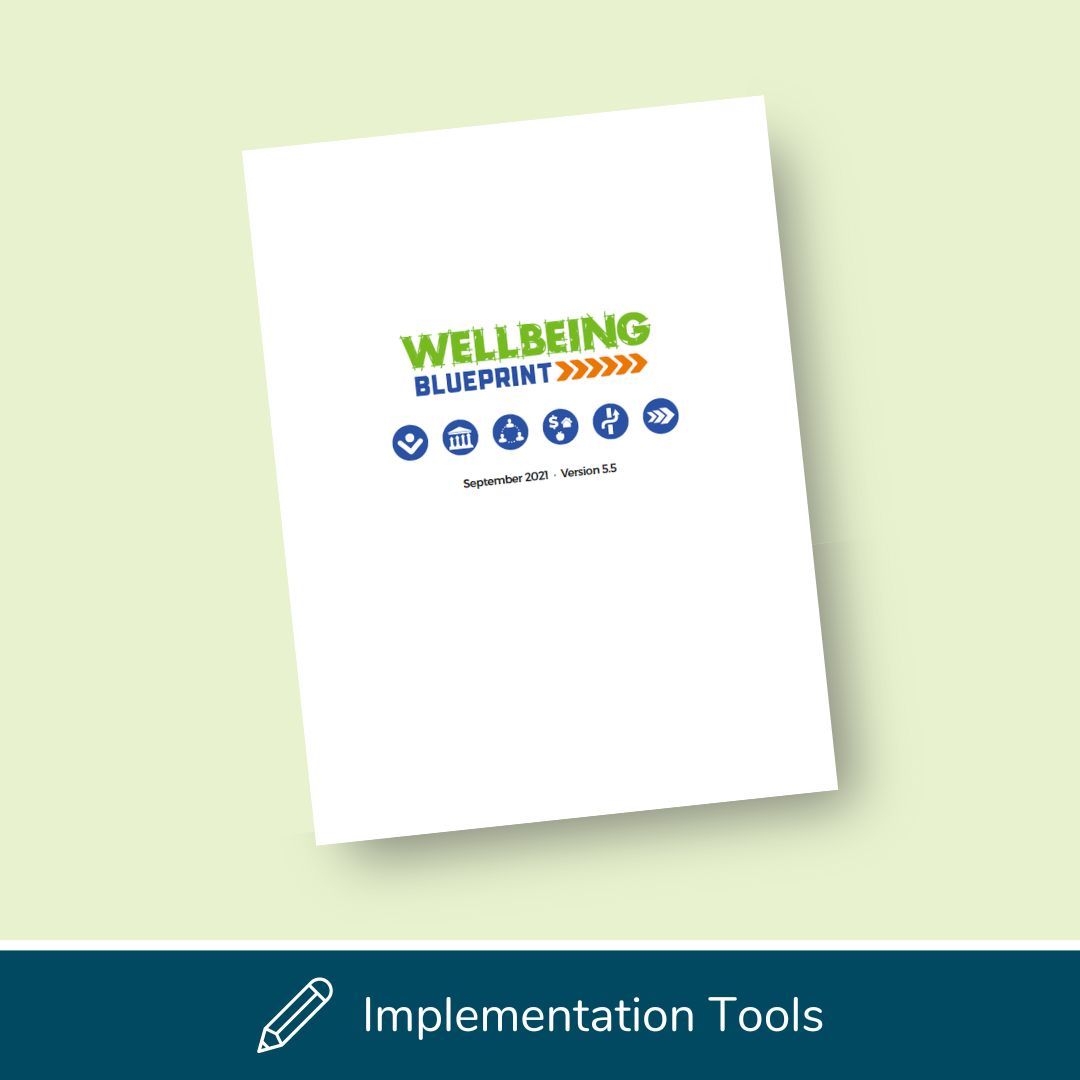
 Principle 1: Start with what matters to people: wellbeing
Principle 1: Start with what matters to people: wellbeing
 Principle 2: Push against harms in communities already facing the greatest adversity
Principle 2: Push against harms in communities already facing the greatest adversity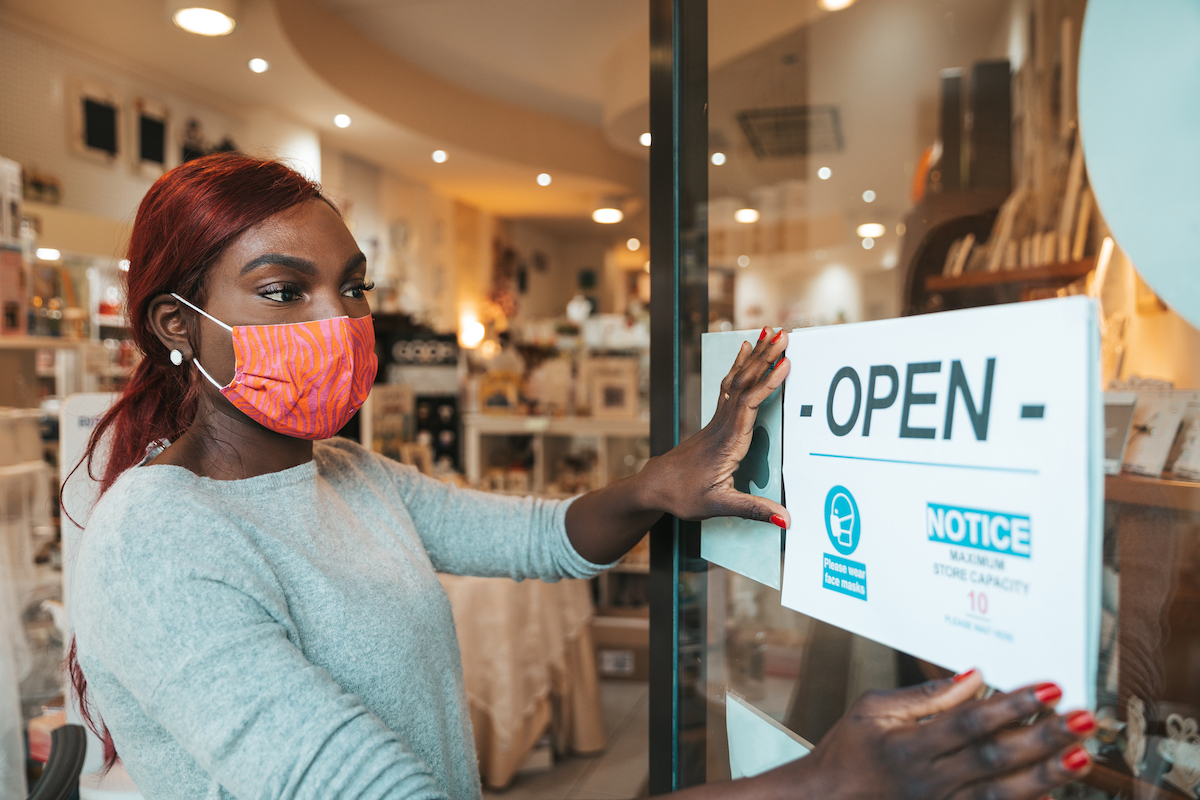
 Principle 3: Build on social connections and social capital
Principle 3: Build on social connections and social capital
 Principle 4: Build financial security
Principle 4: Build financial security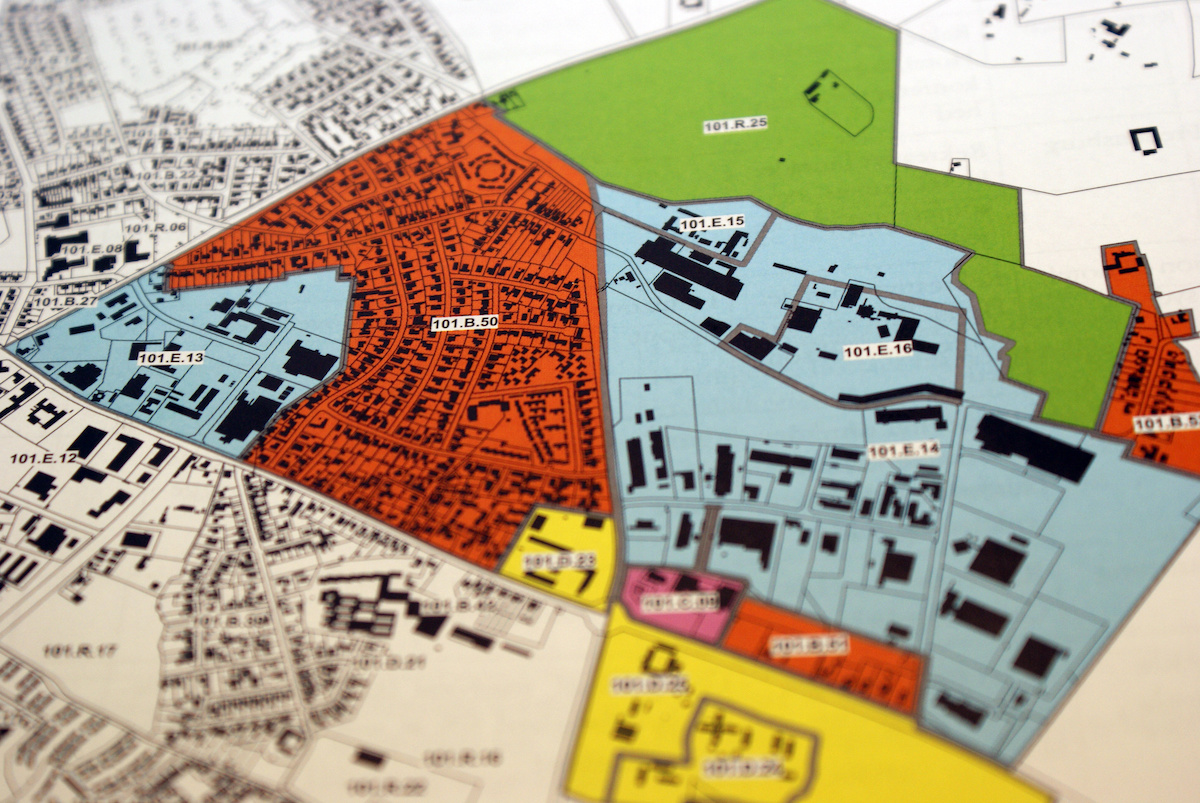
 Principle 5: Span boundaries
Principle 5: Span boundaries
 Principle 6: Sustain transformation beyond the pandemic
Principle 6: Sustain transformation beyond the pandemic